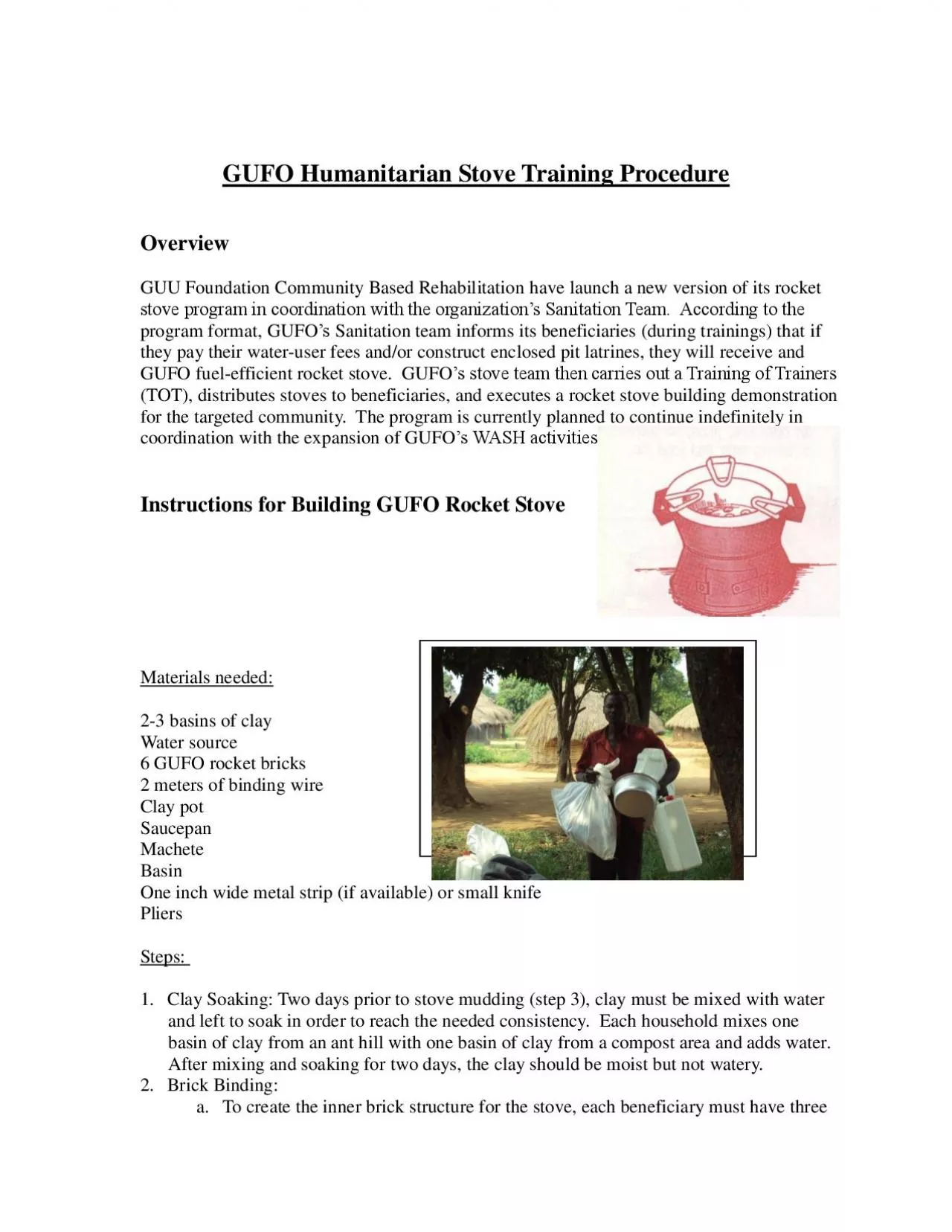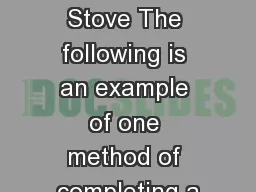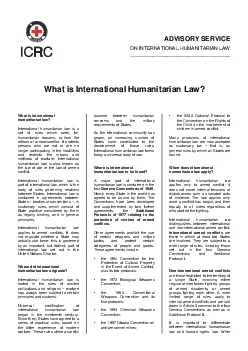PDF-Humanitarian Stove Training Procedure
Author : jainy | Published Date : 2021-07-01
GUFO Overview GUU Foundation Community Based Rehabilitation have launch a new version of its rocket stove program in coordination with the organizations Sanitation
Presentation Embed Code
Download Presentation
Download Presentation The PPT/PDF document "Humanitarian Stove Training Procedure" is the property of its rightful owner. Permission is granted to download and print the materials on this website for personal, non-commercial use only, and to display it on your personal computer provided you do not modify the materials and that you retain all copyright notices contained in the materials. By downloading content from our website, you accept the terms of this agreement.
Humanitarian Stove Training Procedure: Transcript
Download Rules Of Document
"Humanitarian Stove Training Procedure"The content belongs to its owner. You may download and print it for personal use, without modification, and keep all copyright notices. By downloading, you agree to these terms.
Related Documents














